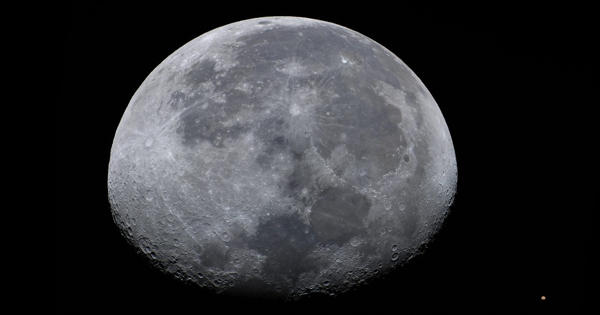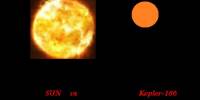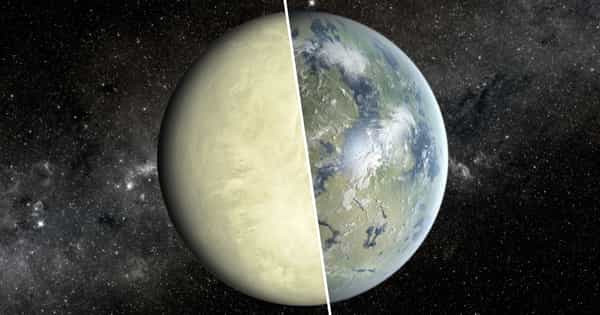Clearly, the aliens erected their homes on the far side of the Moon, away from the prying eyes of our telescopes. What they didn’t expect was a visit from China’s Yutu-2 rover, which has discovered an unusual cube-shaped item on the lunar surface, which the China National Space Administration’s (CNSA) outreach channel Our Space has dubbed a “mystery home.”
In actuality, the weird blob is most likely just a fragment of Moon rock, but everything will be revealed in the near future when Yutu-2 arrives at the item for a closer inspection. For the time being, the CNSA appears to be having fun with its joke, speculating that the find may be “a residence erected by aliens after a crash landing.”
Yutu-2 was the first probe to land on the far side of the Moon in January 2019, and it has been exploring and sending back beautiful images ever since. The rover has been sending data from the Von Kármán crater, where it first noticed the unusual object on the northern horizon last month, for the last 36 lunar days – or just over 3 Earth years.

While it is hard to rule out the idea of lunar real estate, the majority of evidence points to the strange cube being nothing more than a big rock blown into its current position by a meteorite impact. Because the Moon, unlike Earth, has an atmosphere to shield it from space rocks, it is continually bombarded by flying debris, resulting in an abundance of impact craters on its surface.
Yutu-2 will now make a beeline for the unusual object, which is positioned near numerous similar craters, in order to establish it has, identify. Despite being just 80 meters (260 feet) away, the rover’s approach will take two to three lunar days (two to three Earth months) due to the rough terrain and numerous barriers.
Furthermore, because Yutu-2 is solar-powered, it must shut down completely during the long lunar nights, significantly lengthening its voyage duration. Nonetheless, CNSA experts are optimistic that the brief but leisurely journey will be worthwhile since a deeper examination of the rock might give significant information on the composition of Moon rock from below the lunar surface.
















